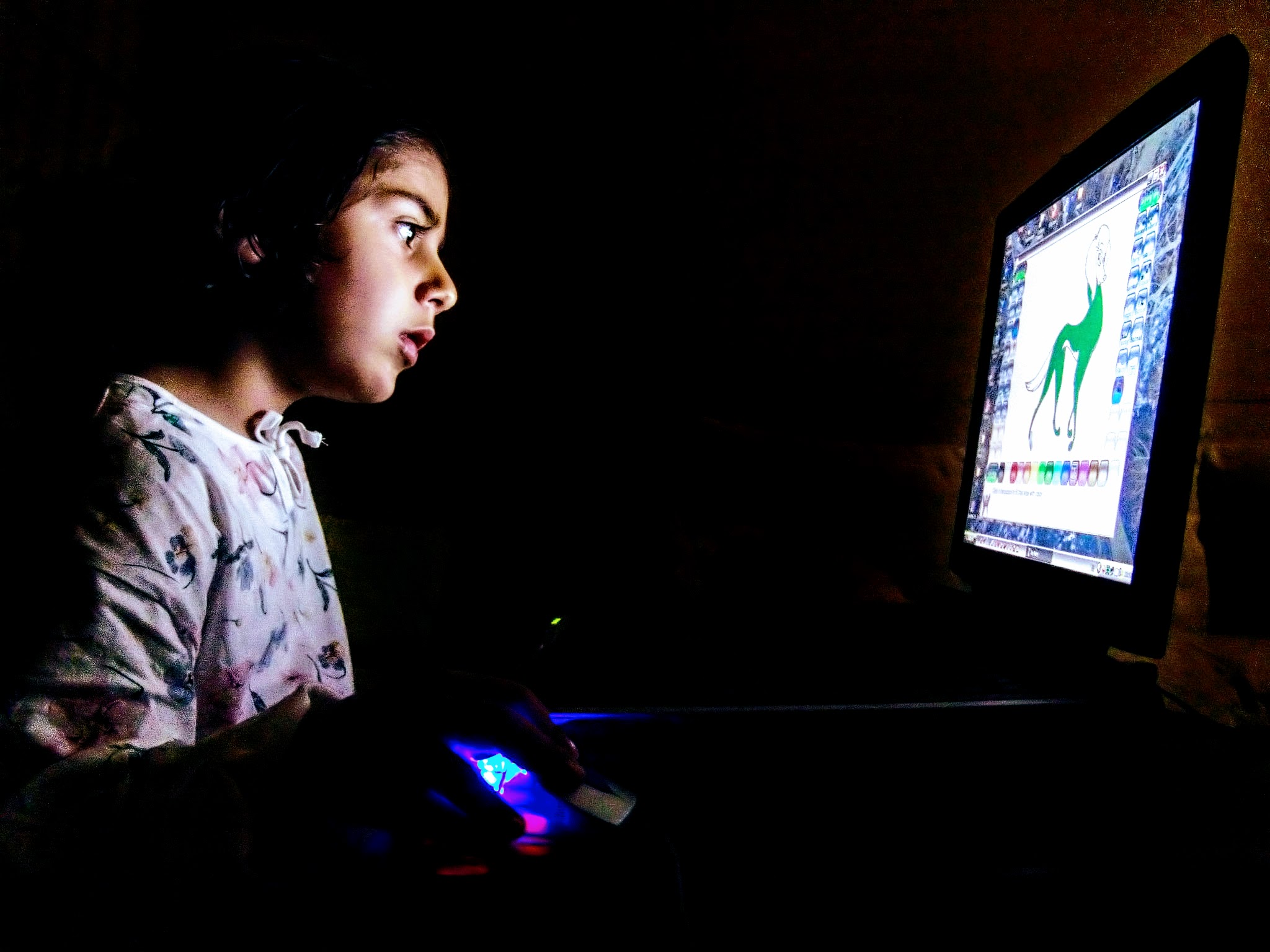Screen-Based learning literally changes children's brain development and reading skills. What are the consequences? Well, the research is not so optimistic. We know today that literacy in general and the process of learning to read, what we read and how we read (print, phone, tablet, computer) have determining consequences on our brain.
In this time of COVID-19, with many people working from home and millions of students learning at home, the importance of using a biliterate mind, adapted to both print and digital literacy, is stronger than ever. We are, however, still far to have understood all the impact of digital learning on both kids and adults. It's a very complex subject since the transformation of information into persistent knowledge requires multiple connections to abstract reasoning abilities, all requiring the attention and time often lacking along digital reading.
Actually, deep reading is very difficult on a screen because this activity leads to distraction, which means less time allocated to abstract thought; a phenomenon that was coined in 1998 as "continuous partial attention" by Linda Stone, a writer and consultant. In a vicious circle, the more time spent on screens, the more associations to fast and superficial information-gathering and thereby further checks for more distracting information.
The big challenge, now, is to understand how to use both digital and print media in useful and efficient ways. In particular for kids who, during the pandemic, haven't had the chance to develop the foundational reading skills they need so much to achieve academic and professional success.




